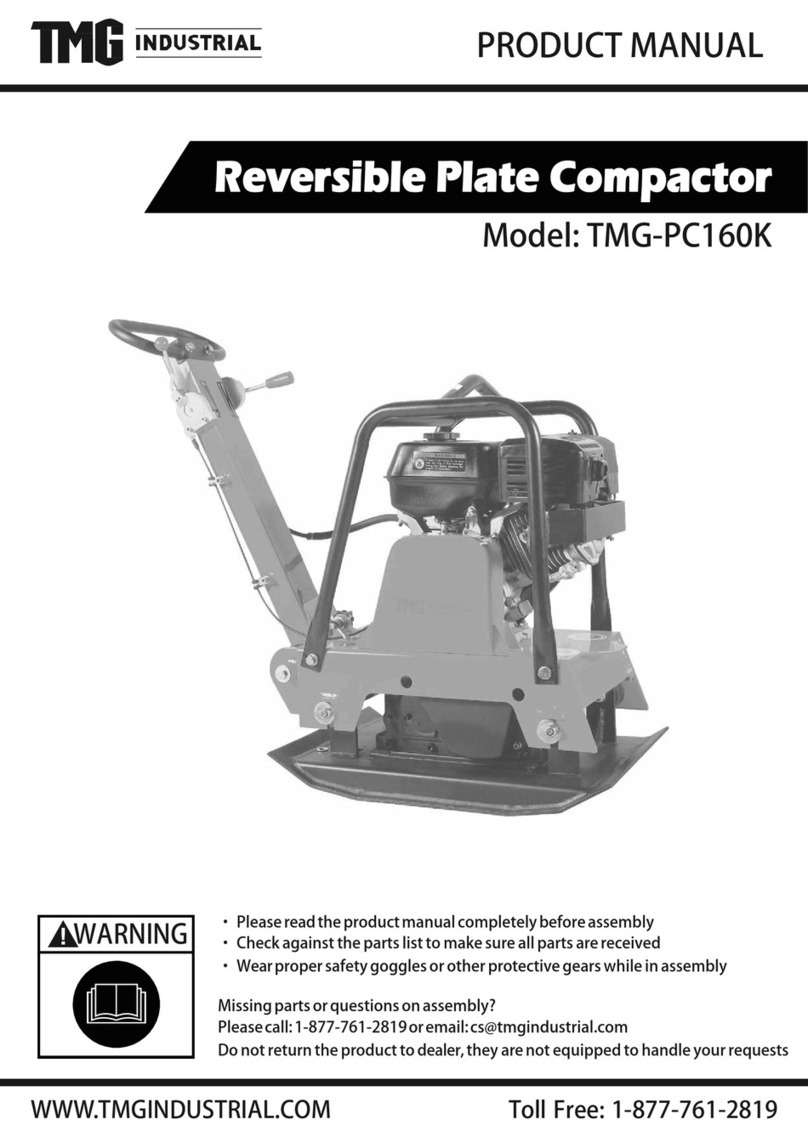
TABLE OF CONTENTS
Section Page
Section 1.0 Introduction .................................................................................... 1
1.1 Safety Information........................................................................................ 1
1.2 Warranty Information .................................................................................. 1
1.3 Allied Product Policies.................................................................................. 2
Section 2.0 Overview .......................................................................................... 3
Section 3.0 Principles of Operation.................................................................... 4
Section 4.0 Technical Information..................................................................... 5
4.1 Specifications ..................................................................................... 6
4.2 Dimension Diagrams ......................................................................... 7
4.3 Decal Identification.......................................................................... 13
4.4 Decal, Lifting and Lubrication Diagrams ....................................... 14
Section 5.0 Mounting Information................................................................... 22
5.1 VMS Mounting................................................................................. 22
5.2 BCS Mounting.................................................................................. 23
5.3 Swivel Mount ................................................................................... 24
Section 6.0 General Construction Safety........................................................ 25
6.1 Owners Responsibilities .................................................................. 25
6.2 General Construction Safety........................................................... 25
6.3 Federal, State, Local and OSHA
Construction Guidelines and Regulations ..................................... 25
6.4 General Safety Summary ................................................................ 25
6.4.1 Cautions and Warnings.......................................................... 25
6.4.2 Personnel Precautions ........................................................... 26
Section 7.0Carrier Application......................................................................... 27
Section 8.0 Installation & Removal ................................................................. 28
8.1 Installation ....................................................................................... 28
8.2 Removal............................................................................................ 29
Section 9.0 Operation ....................................................................................... 30
Section 10.0 Troubleshooting........................................................................... 32
Section 11.0 Service and Maintenance ............................................................ 33
11.1 General Guidelines ........................................................................ 33
11.2 Daily Maintenance ......................................................................... 33
11.3 Preventive Maintenance................................................................ 33
11.4 Conditional Maintenance .............................................................. 34
11.5 Lubrication..................................................................................... 34
11.6 Bolts................................................................................................ 34
11.7 Bearing Failure & Replacement.................................................... 35
11.8 Spring Mounts................................................................................ 36
11.9 Hydraulic Motor............................................................................. 36
11.10 Warranty Protection .................................................................... 36
7/21/03 i



























